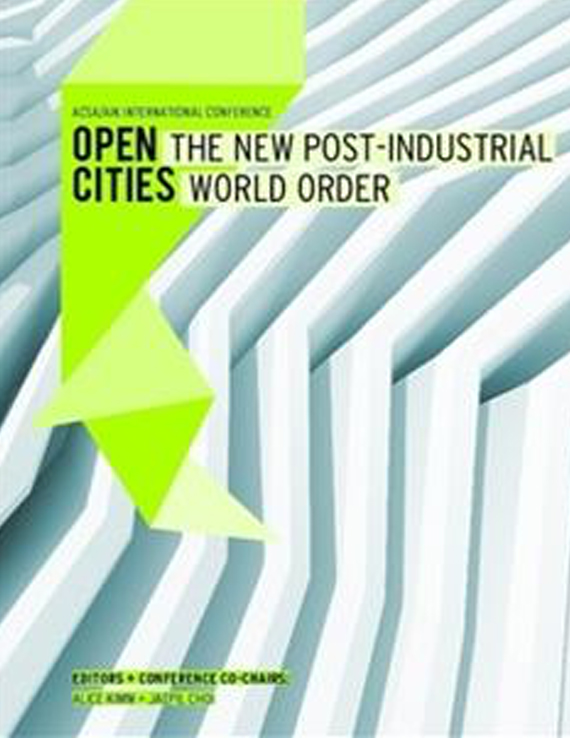Author(s): Catherine Ann Somerville Venart
This paper illustrates, how Ecology can provide a design framework for architecturalresearch and practice. It takes on architecture not as an isolated object, but as designed‘parts’ that ‘function’, with the specificity of both human and site needs. Designsare then tested as part of a set of interconnected scalar systems where bothlocal and the broader regional watershed and ecosystem are brought to bear. Thismethodology situates architecture as an integral part in the critical negotiation betweenthe complex relationship between natural and human processes.This approach, is based on ecological principals developed during the 1960s “ledby Robert MacArthur, ecologists developed a view of the world that encapsulatedthe notion of the ‘balance of nature’” (Pulliam and Johnson 2002, 52), which at thetime, challenged the traditional notion of nature as static. Since then, ecologistshave found that nature is not striving to reach a balance; but rather is in a constantstate of flux and change, growth and decay, affected by processes that occur in otherplaces and throughout time (70). This, provided a new understanding of nature/landscape, based in a relational perspective of the world that emphasizes processesand flows over objects. Ian McHarg, who’s’ “work comprehensively applied the understandingof ecological processes and natural systems to human settlements andplanning” (Mossop, 2005, p. 166) and Richard Forman, (1980s – 1990s) who developednew understandings of landscape ecology. These theories of Landscape Urbanismand Ecological Urbanism have brought ecology to the focus of design, as “thelessons of ecology have aimed to show how all life on the planet is deeply boundinto dynamic relationships” (Corner 2006, 29). Both McHarg and Foreman appliedecology to design, which means considering all landscapes and in fact ‘sites’ as notonly being bound to their perimeters (coordinates on a map) but in terms of its’interconnection to “Its natural processes” and the larger systems, of watersheds andecosystems. In this there is a need to see a site “in terms of the reciprocal relationshipbetween people and the landscape. The important word here is relationships”(Karvonen 2011, 26). Design should be a process of relation, building – a perspectivethat challenges the objectification of architecture and not only the technologicalpractices of designing, but also the deeply rooted notion in our history and culture,which have formed a belief of the separation of humans from nature; a dichotomydeeply rooted in western society as a whole (Williams 1973).In summary in shifting the idea of the architectural object or the specificity of agiven site to its’ part in the larger ecosystem, reveals not only the interconnectivityof scales, but the interdependence of us within the larger environment and how thedesign of architecture can act to reconsider our relationship to the natural world. Itmay seem daunting to some but it also repositions architecture again as playing amuch bigger role, in-forming the part/particulate that then in turn forms our culturalidentity and our relationship with nature.
Volume Editors
Alice Kimm & Jaepil Choi
ISBN
978-0-935502-91-6

 Study Architecture
Study Architecture  ProPEL
ProPEL 
